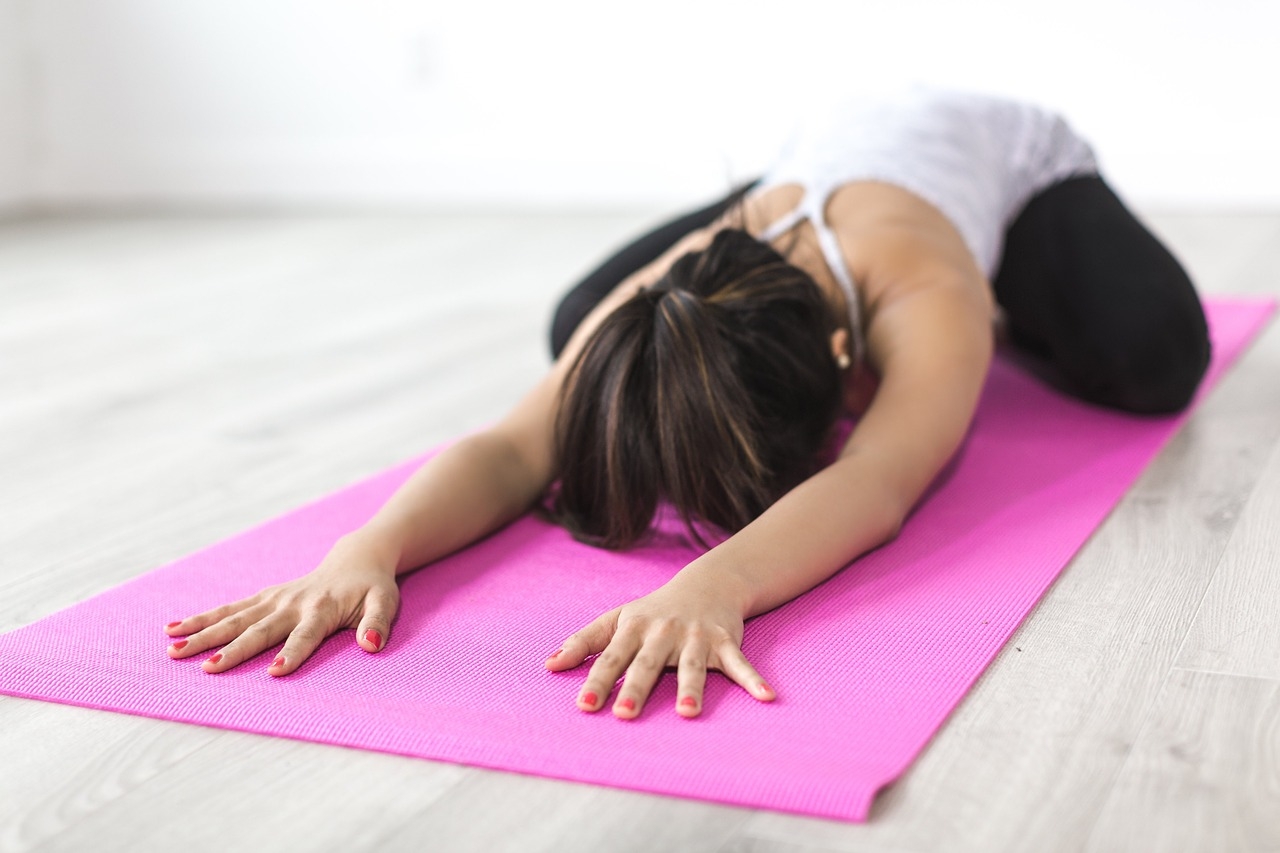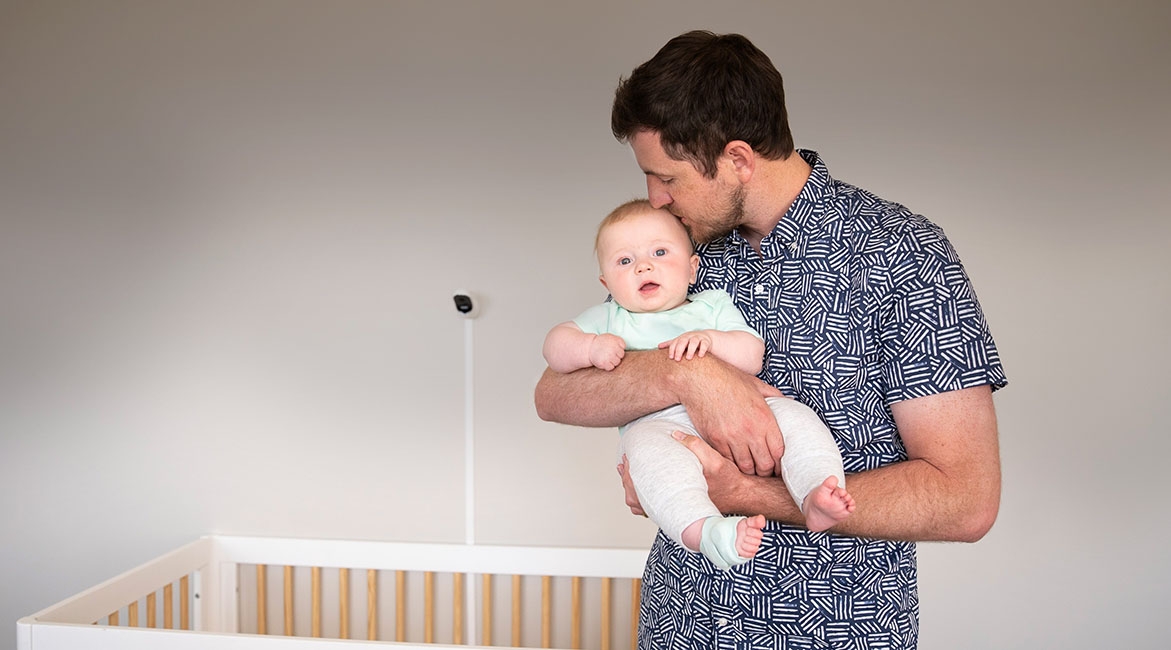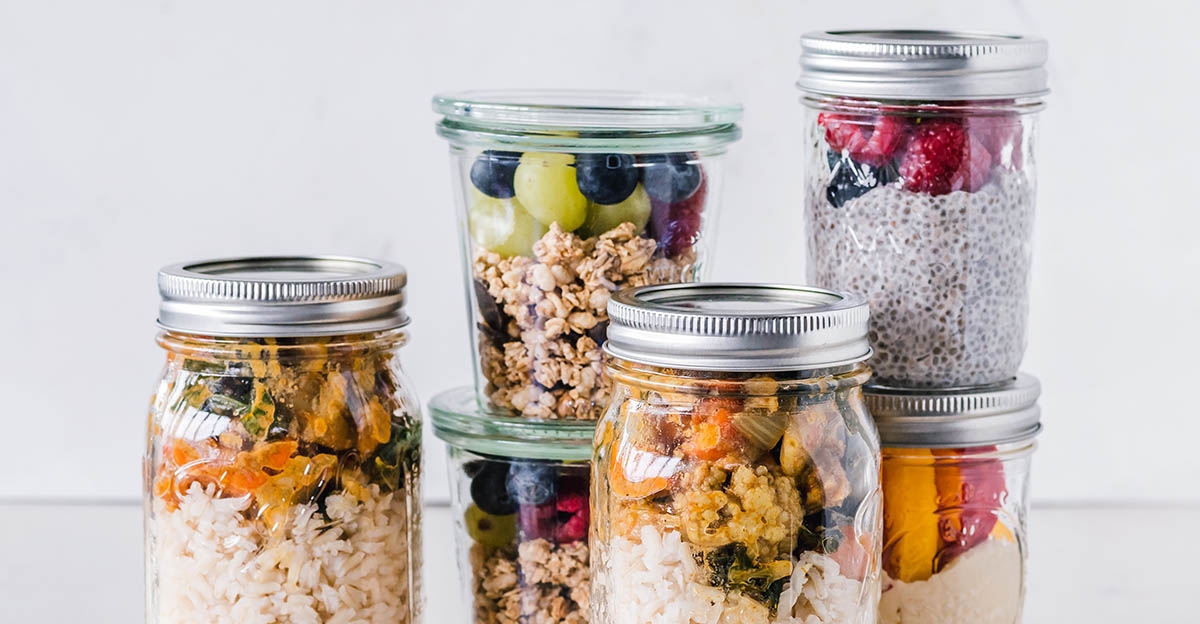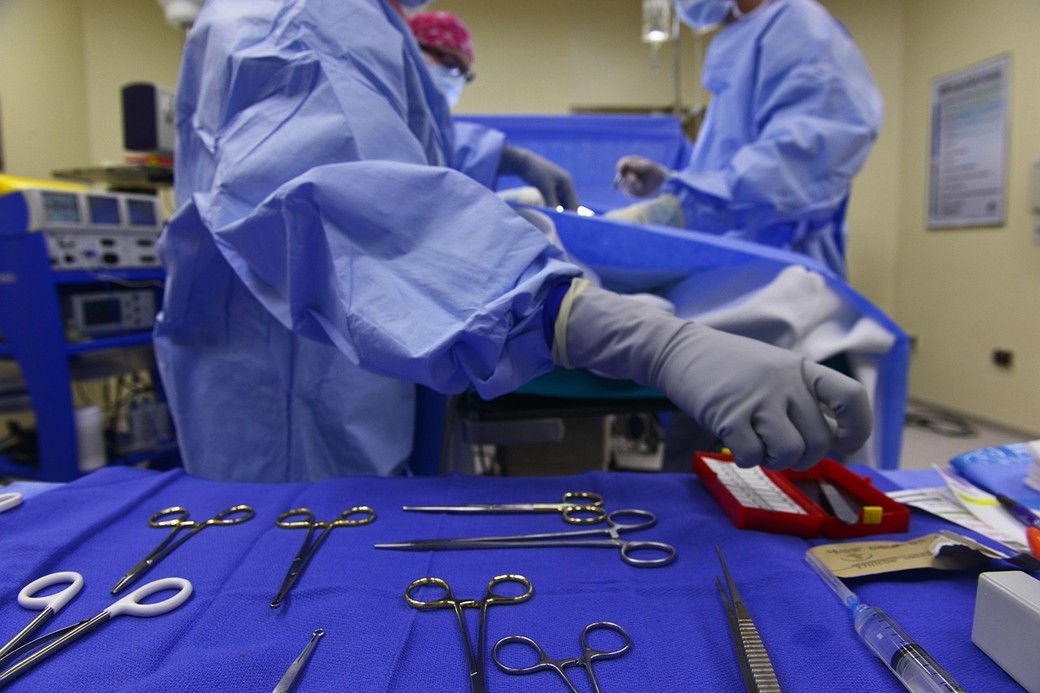
Endometriosis and Yoga: Healing pain from within
Those who live with Endometriosis are accustomed to living in pain. Every step, even every breath, makes you more aware of the bitter taste of pelvic pain. For nine years I have learnt not to push myself too hard, to limit my exercise routine and to ensure a proper diet, avoiding foods that can trigger inflammation. Although my diagnosis has been in the works for those nine years, I’ve had to undergo a series of ultrasounds and MRIs, as well as hours sitting idly in a hospital bed. Living with debilitating pain holds you hostage in your own body.
Pain management requires a lot of mental workouts, especially as a young woman fighting her own body. Throughout my adolescence I found myself loathing the state of my physique, I struggled to find enjoyment in my routine run and would pinch my thigh as a way to push myself to keep going despite the throbbing, paralyzing pain slowly enveloping my womb. After half an hour of effort, I would pant as my eyes filled with tears because I felt like a failure. I could not find joy in my routine anymore, my body hated me and my own womb was screaming in agony. I struggled to find peace at the heart of my own soul.
Endometriosis was a seed propagating from my womb, its roots slowly restraining my veins as it grew. Such was my state of being until I found harmony and a way to heal through yoga. Yoga is now considered part of my treatment plan. My healing journey has been agonizing but with the patience and care of my yoga instructor, I have begun to learn to heal from within.
Here are a few of the most effective yoga poses for anyone dealing with pelvic or menstrual pain.
Savasana or corpse pose
This pose is an asana that is practiced to relax the body and the mind. Although this pose can be practiced anywhere and at any time, it is important to concentrate on a meditative mindset during Savasana. Savasana is advantageous because it helps to relax your muscles, and the meditative state helps to relax your mind, restoring both mind and body. If practiced regularly, this pose can improve memory and concentration; it brings the body to a meditative state, and as your body relaxes, this pose can help reduce blood pressure and anxiety.
Corpse Pose steps:
Lie flat on the floor or on your yoga mat and make sure there are no disturbances around you for the duration of this pose.
Close your eyes
Spread your legs apart and make sure your legs and toes relax completely
Your arms should be placed at your sides with your palms facing up
Breathe slowly and try to become more aware of your breath, tracing its pattern from head to toe
Allow yourself 10 to 12 minutes to complete relax before you open eyes and sit up
Malasana
The Malasana is a pose practiced to lengthen your spine and create balance as well as strength in your pelvic muscles. This pose is very helpful for anyone struggling with their digestive system, and is especially good for managing endometriosis as it can alleviate bloatedness. The Malasana will give your lower back, sacrum, groin, and your hips a prolonged stretch. It will also increase flexibility in your knees and help improve your posture.
Malasana steps:
Begin this pose by squatting, keeping your feet close to each other and your heels flat on the floor
Spread out your thighs as far as comfortable and make sure they are slightly wider than your torso
Bring your belly button forward so your belly fits between your thighs
Place your palms together and your elbows pressed against your inner thighs
Hold your pose. Inhale and exhale on the count of four.
Child’s pose
Child’s pose has been a great help to me throughout my menstruation and ovulation phases, especially when experiencing pain in my pelvic region. This pose helps to calm the body and the mind and stretches the lower back, the abdomen, and can also promote good digestion. This pose is also known for opening up the hips which is a great help for anyone dealing with endometriosis since the pelvic and thigh muscles tend to be more stiff due to the pain.
Child’s pose steps:
Start on your hands and knees to center your breath and turn your awareness inward
Spread your knees wide apart while keeping your toes touching and rest your buttocks on your heels
Sit up straight and breathe in while counting to four
On your exhale, bow forward, reaching your arms out in front of you on the matt and allowing your torso to rest between your thighs. Bring your forehead to the ground
Keep your eyes closed
Hold your pose for a few minutes and bring your attention to your breath
Cat/Cow pose
The Cat/Cow pose is a great way to stretch your whole body and makes an excellent warmup for any other activity. This pose promotes the flexibility of your spine, it stretches your lower back and torso, and stimulates your abdominal organs.
Cat/Cow pose steps:
Begin on your hands and knees with your wrists directly underneath your shoulders. Align your legs into Table pose
Center your head and begin into the Cow pose by dropping your belly towards the floor as you inhale. As your back arches, open your chest and lift your gaze towards the ceiling
Move into Cat pose as you exhale: draw your belly button towards your spine and round your back up towards the ceiling
Inhale and move back into Cow pose and exhale to return to Cat pose
Happy Baby
Happy Baby is my favourite pose, especially when facing pelvic pain and bloatedness. It helps me relax my pelvic and abdominal muscles, easing my symptoms slightly. This pose will allow for a gentler stretch in the hips, groin and lower back, and will lengthen the spine. This is a great pose to practice when faced with debilitating pelvic pain as it helps relieve stress, fatigue, and muscle tightness, and allows you to calm your mind.
Happy Baby steps:
Lie down on your back and bend your knees into your chest
Separate your feet and knees wide and face your feet towards the ceiling so that your knees are at a 90 degree angle
Hold on to your feet with your hands
Keep your feet flexed and gently pull down on your feet with your hands
If comfortable, rock side to side
Hold your pose for five to fifteen deep breaths







